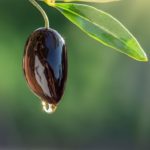How does the olive tree react to less or no fertilization?
By Nikos Mavromanolakis, Agronomist- Edaphologist
Olive cultivation in Greece is dominant, covering the largest cultivated land area. Thus, olive cultivation is found on mountainous or lowland soils, high or low-fertility soils, and dry or irrigated soils. Still, what happens when an olive tree does not fertilize properly?
Despite the significant increase in cultivated areas with olive trees, there is no increase in production in line with that of the developed regions. Still, in many cases, we see a significant decrease.
What could be the reason for this? Looking at the general picture of olive trees, you will see an image that looks more like abandonment than cultivated land. In particular, one can see:
- trees with a dry appearance
- micro leaves
- a change in the color of the leaves
- stunted tree growth
- reduced germination
- damaged wood on the trunk
- inhibition of flowering.
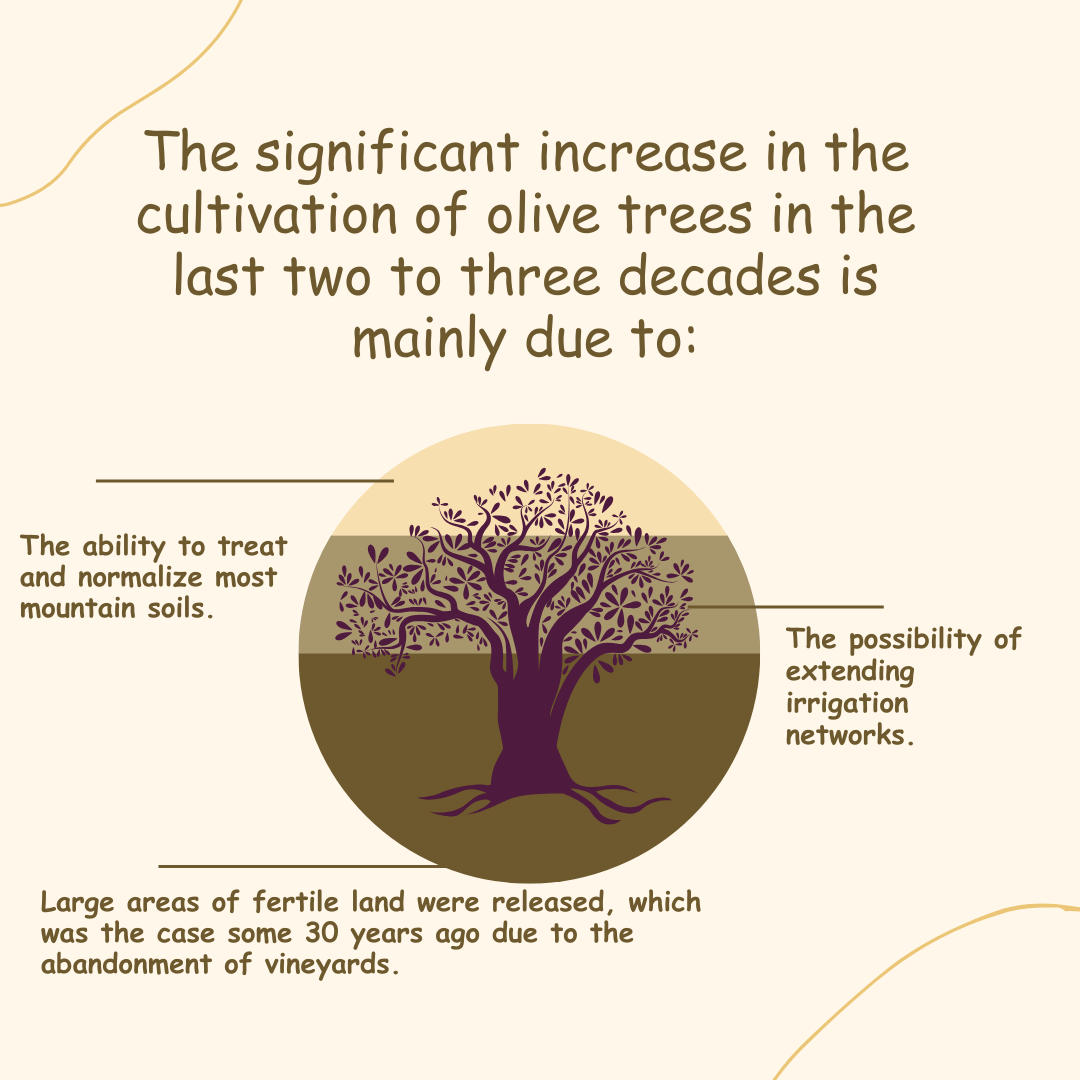
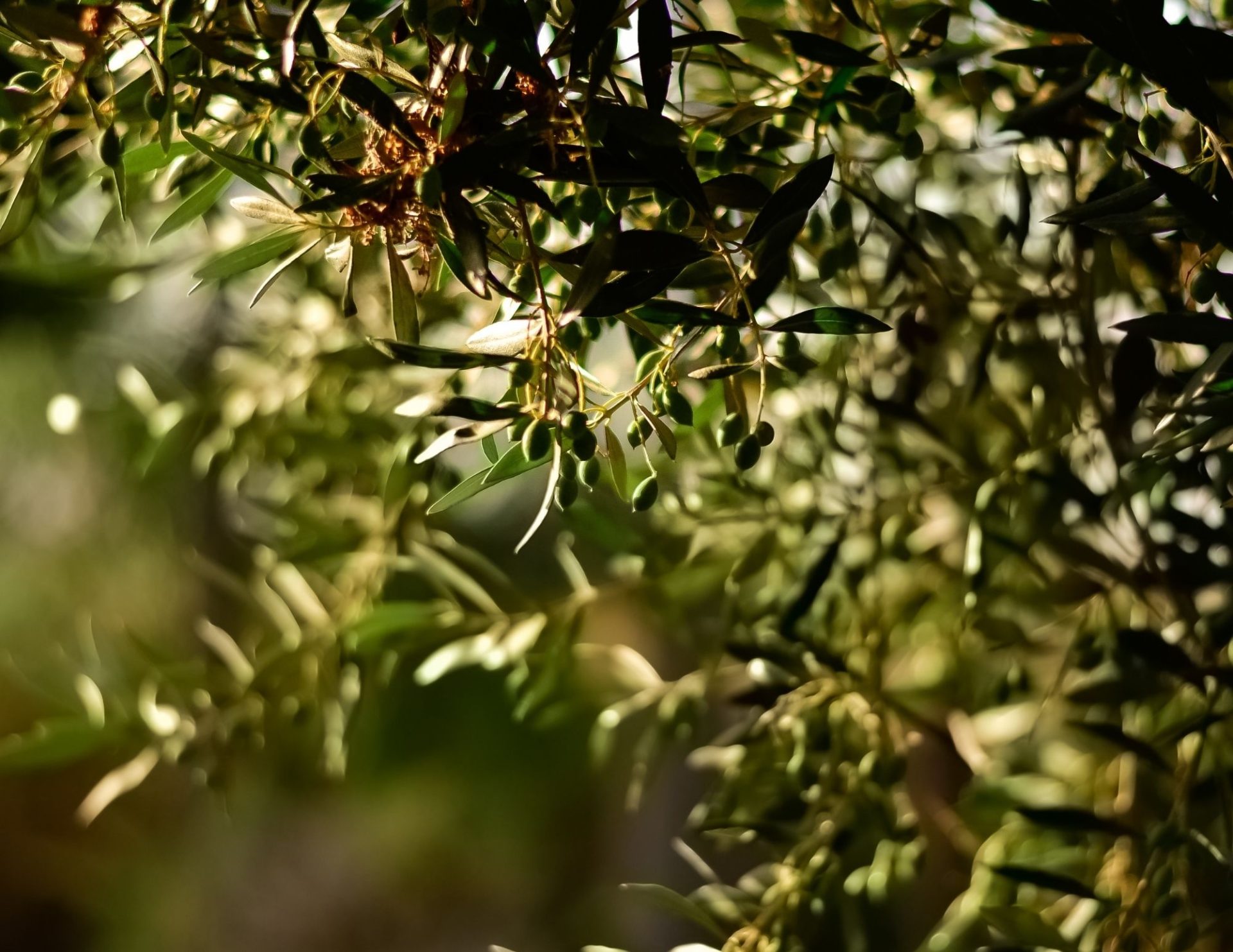
The result of all this
is the decline of the trees to complete apathy or an increase in paronychia at best. After many macroscopic observations and soil and plant tissue analyses, the results could have been better in too many cases. Severe deficiencies in both macro-elements and trace elements were observed.
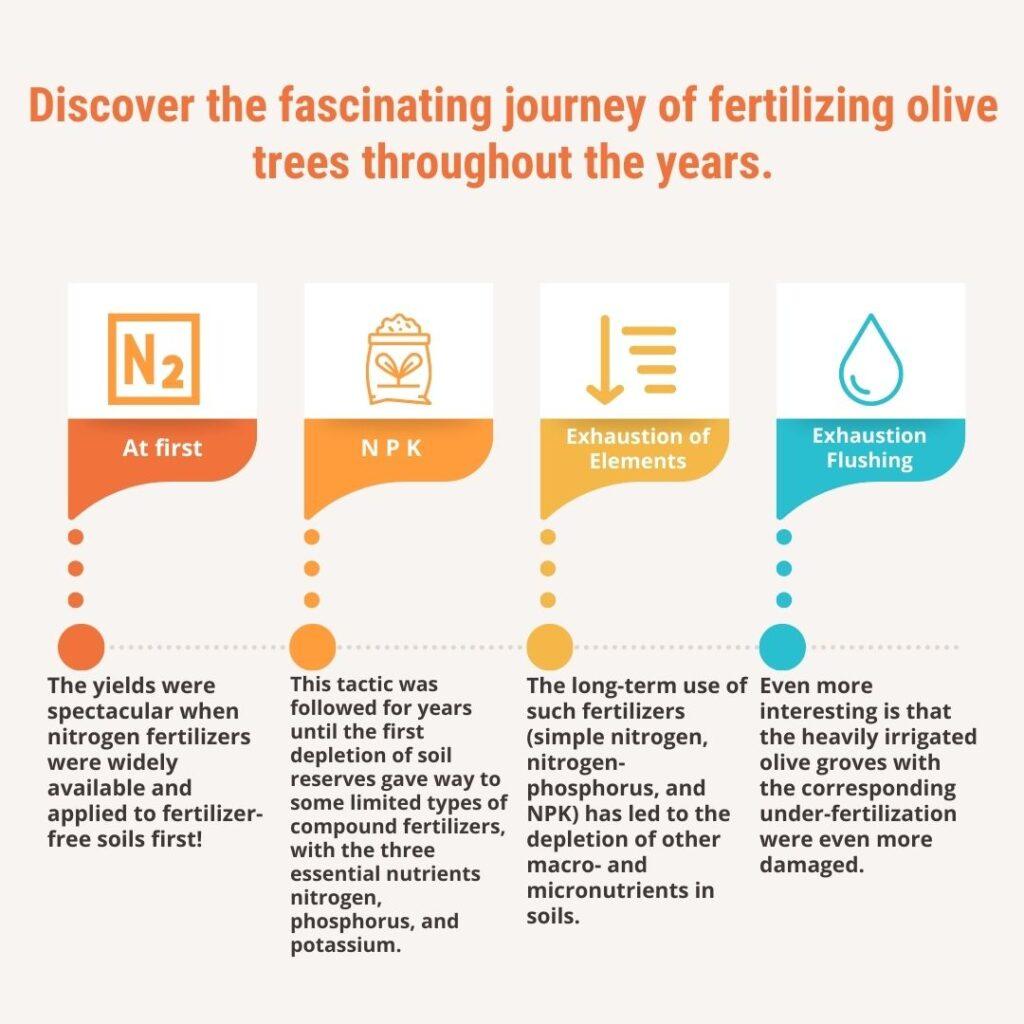
Today, the situation in many cases has not changed from that of the past. We see horizontal fertilization (the producer applies the same fertilizer to all his parcels) without the appropriate soil analysis and foliar diagnostics having been carried out beforehand.
There are also cases where maintenance fertilizers are applied to soils that need generous fertilization to correct specific deficiencies. Result? The applied fertilization did not find any positive reaction from the olive tree.
Therefore, we conclude that neither fertilization nor incorrect fertilization can lead to similar results. The law of the minimum applies here, which states that the tree’s production reaches the level limited by the nutrient in the smallest supply. This, in simple terms, potentially means that if only one nutrient is in short supply, the production will be reduced to zero.
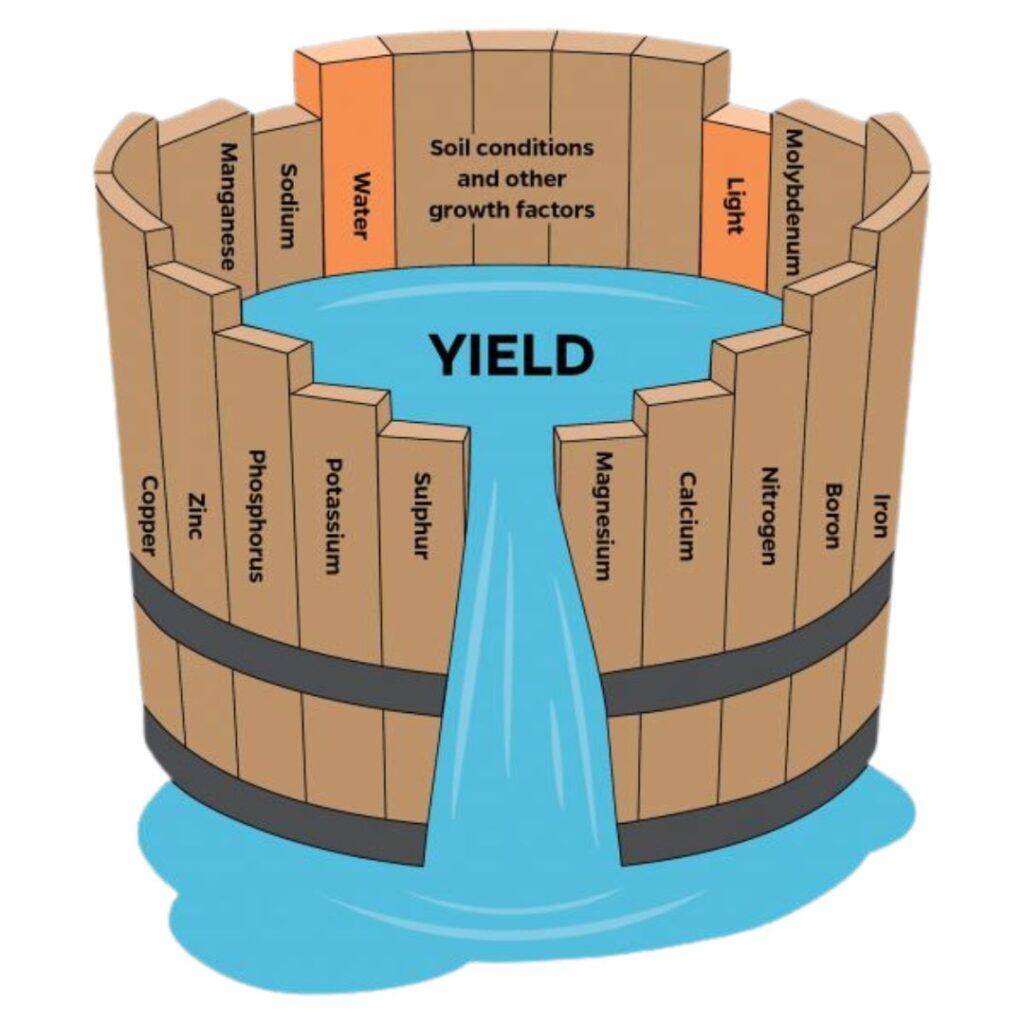
As a result of the above findings, the impact on olive growing is incalculable. If we focus on the effects that no fertilization or under-fertilization can have in the medium to long term, we will observe:

Reduction in tree productivity.
Olive trees will produce for a few years and then spend more years in a state of apathy. Some deficiencies will lead the trees to suspend flowering or deliver incomplete flowers, which means reduced fruit set.

Reduced nutrient availability
limits the photosynthetic activity of trees, with a negative impact on both the productivity and growth of the tree itself.
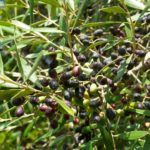
Reduced olive oil content
makes the final product have limited organoleptic characteristics.

Exhaustion of the olive trees
leads to a reduction in their natural defenses against pests and diseases. The trees thus become vulnerable, resulting in the need for more treatments with spraying to combat infections.
But why is it that even today, areas of cultivated land still need to be fertilized or are under-fertilized, as technology and knowledge about soils and olive cultivation are increasing?

AgriSC cooperates with a large number of agronomic shops
and can, in collaboration with their agronomists, transfer to the grower the necessary know-how and experience to make it clear that incorrect or accidental fertilization often makes no difference to abandonment.

In recent years
There has been a gradual increase in average fertilizer prices, and few producers will turn to an agronomist with techno-economic knowledge to analyze the cost of fertilizer in terms of the benefit to the product produced at current fertilizer and product prices in each production season. It has been estimated that, on average, over at least two years, there have been no cases where fertilization has not been advantageous. It is essential that the conditions mentioned above apply and that the correct fertilization, irrigation, where possible, and cultivation of olive trees are carried out.
Share the article
If you are in an agronomy business, own an agronomy shop, and are seeking a collaboration opportunity with AgriSC, fill out the form below. Our team will respond promptly!

